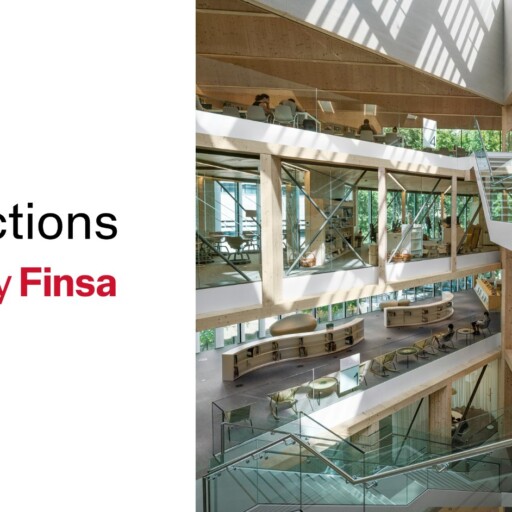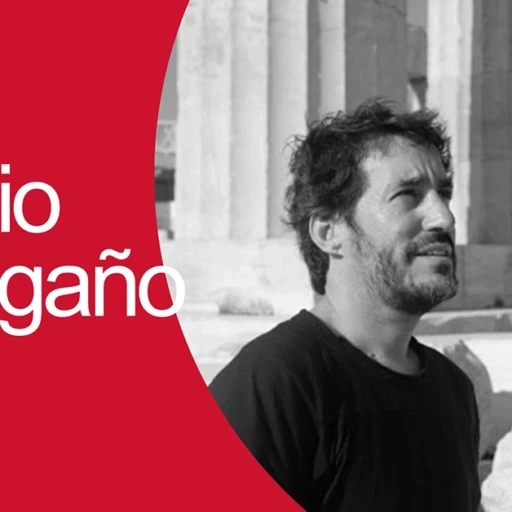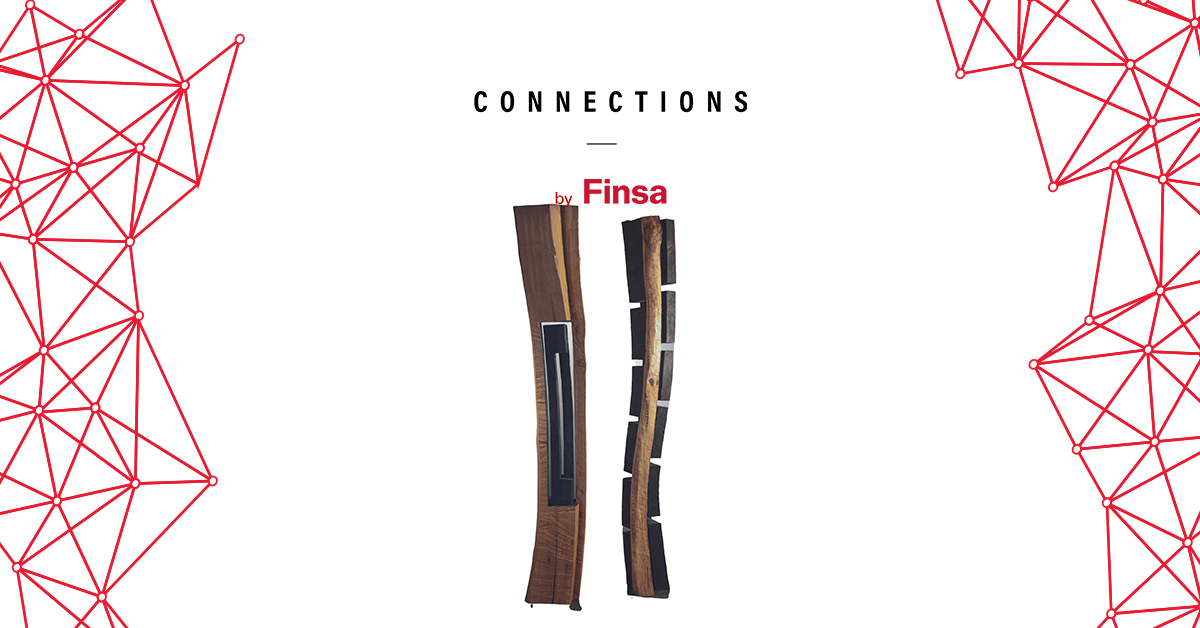Can architecture transform the way we live, interact, and care for the planet? For the European Union, the answer is a resounding yes. For this reason, amid post-pandemic reconstruction and in the face of the climate emergency, the New European Bauhaus (NEB) was launched in 2020, an initiative that seeks to rethink our environments based on three pillars: sustainability, aesthetics, and inclusion. The NEB, with a clear legacy, continues its course five years later, more alive than ever.
Inspired by the avant-garde legacy of the Weimar School, the NEB is based on the principle that form and function are no longer enough: it is time for design to also respond to the social and ecological challenge. As Ursula von der Leyen, President of the European Commission, said when presenting it, “the New Bauhaus is not just an environmental or economic project, but a new cultural project for Europe”.
From Weimar to Brussels: a returning philosophy
Over a century ago, the original Bauhaus revolutionised art, architecture, and design under the motto “form follows function“. Its interdisciplinary, experimental, and socially engaged spirit remains as relevant today as ever.
The NEB doesn’t aim to replicate its aesthetic, but rather to recover its method: breaking down the boundaries between disciplines, embracing the collective, and responding to the challenges of each era. Today, these challenges relate to the ecological transition, social equity, and emotional well-being.
A process underway: co-designing the future
The NEB is being developed in three phases:
- Co-creation of the concept, based on workshops, public consultations and European forums.
- Identification and funding of pilot projects, which demonstrate the transformative potential of the NEB approach.
- Dissemination and scaling, to share learning, good practices and methodologies.
In 2024, the initiative consolidated its impact with events such as the New European Bauhaus Festival, held in Brussels, which brought together hundreds of professionals to exchange ideas and showcase projects.
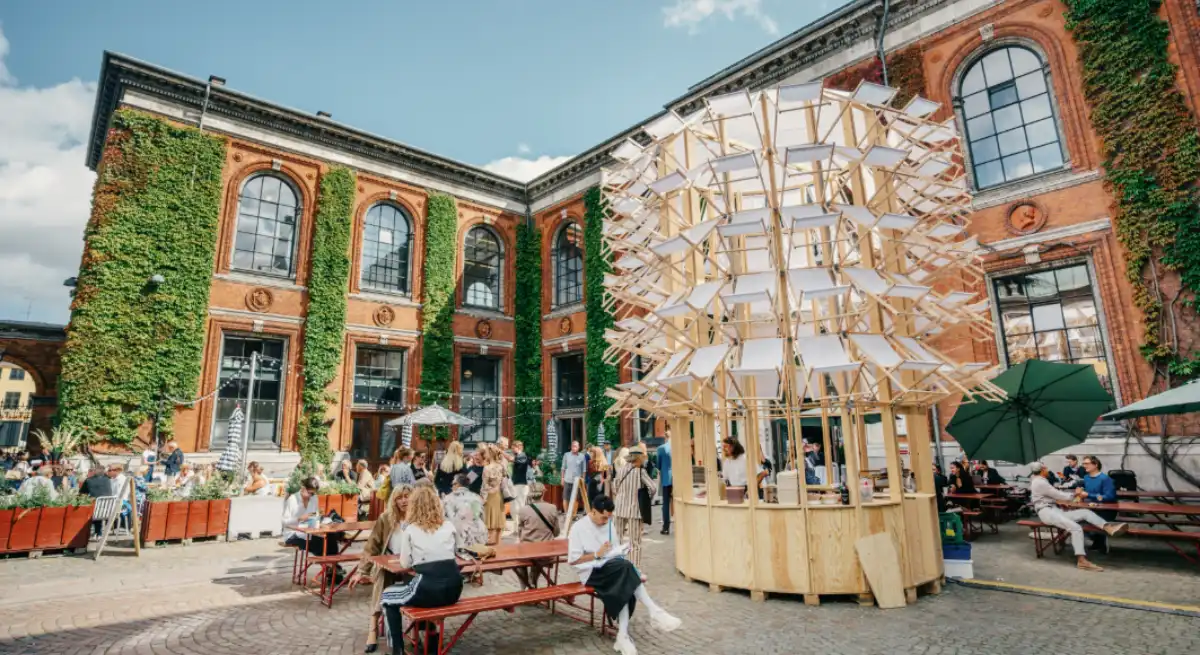
New financing for local transformation
One of the pillars of the movement’s growth is its connection with community funding programs. In the last year, initiatives such as Horizon Europe and Erasmus+ have launched new calls focused on:
- Transform local environments, especially rural and peripheral ones.
- Promote innovation in sustainable design, from materials to participatory processes.
This has enabled funding for everything from temporary installations to urban innovation centres, including circular housing prototypes.
Construction and rehabilitation: architecture as a green lever
The construction sector accounts for 40% of energy consumption in Europe and is responsible for a large portion of its emissions. Therefore, one of the NEB’s focuses is to turn architecture into an ally in the ecological transition. As the president of the Higher Council of Architects of Spain, Lluis Comerón, remembers, “the transformation of the sector must be a key element in ensuring the well-being of people and environmental balance”. Energy renovation, passive design, and the use of renewable materials are now strategic priorities. And here, a key player comes into play: wood.
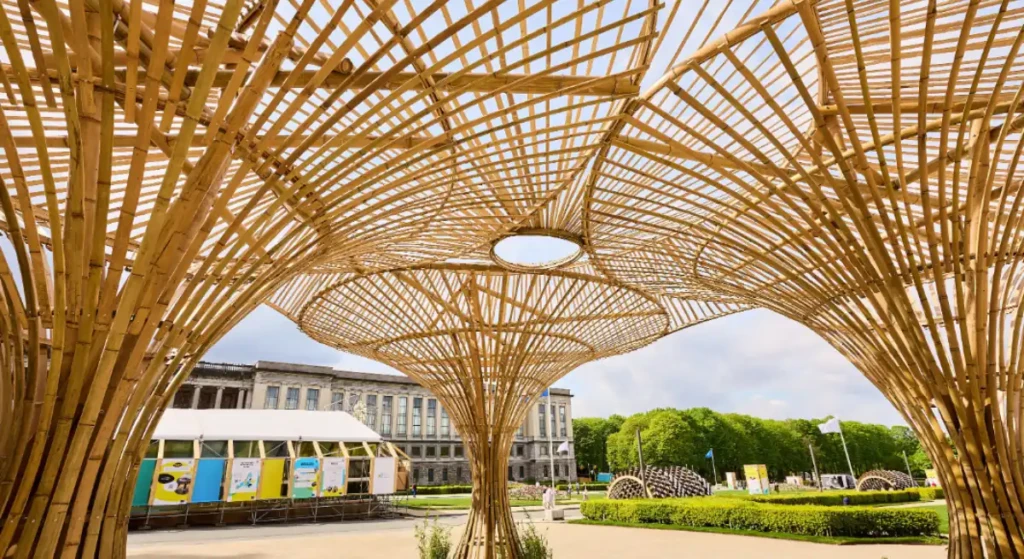
Wood4Bauhaus: A Platform for Change
The Wood4Bauhaus initiative was born as a direct response to the European Commission’s call to integrate wood into new European architecture. This platform connects companies, designers, and experts to promote innovative and sustainable solutions.
More than 1,000 people from across Europe participated in its inaugural conference, held virtually. One of the key moments was the intervention of Professor Hans Joachim Schellnhuber, from the Potsdam Institute for Climate Impact Research, who emphasised: “We need to create an alternative carbon sink, and wood construction is the perfect answer”. For Schellnhuber, building with wood not only reduces environmental impact but can also be a structural tool to combat climate change.
Inspiring examples from the local level
The strength of the NEB movement lies in its diversity. More than 80 initiatives in Spain are already part of the network, developing projects ranging from urban regeneration to the redesign of community spaces.
A significant example is found in Fuenlabrada, where an experimental and recycled urban furniture project was developed by students and residents. Designed in conjunction with the Madrid-based studio Enorme Studio, this intervention encourages the appropriation of public space through game, pedagogy, and creative recycling. In Connections by Finsa, we’ve already interviewed its founders, Rocío Pina and Carmelo Rodríguez, who told us: “Architecture has to speak to its users before laying a single brick“. Furthermore, at the NEB 2024 Festival, they presented The Portage City, a proposal for a transportable, modular and collaborative city that responds to challenges such as migration, access to resources and urban flexibility.
Ver esta publicación en Instagram
The basic philosophy of the NEB
One of the most unique aspects of the NEB is its assertion of aesthetics as a fundamental part of sustainable design. Far from being a superficial addition, beauty is understood here as an element that contributes to well-being, mental health and emotional grounding.
In the words of Ursula von der Leyen: “It is possible to combine sustainability with style. It is possible to link technology with culture. We just have to dare.”
The NEB therefore proposes a new way of understanding habitat: spaces that are not only functional and efficient, but also pleasant, inspiring, and carefully constructed.
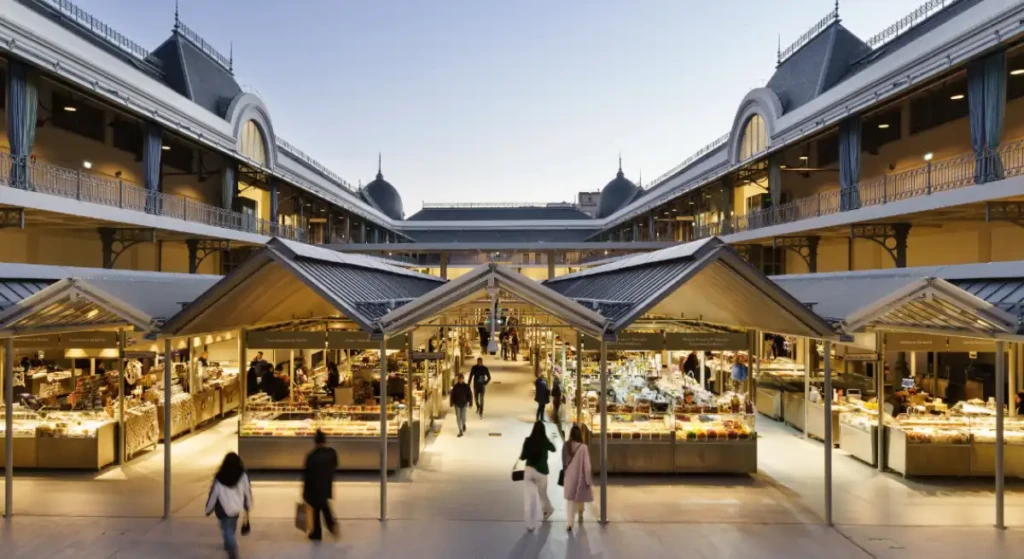
What’s next at the New European Bauhaus: the agenda for 2025 and 2026
Looking ahead to the coming months, the New European Bauhaus agenda includes:
- The publication of a European guide to NEB good practices.
- New calls for proposals to award transformative pilot projects.
- The creation of regional nodes that act as local experimentation hubs.
Furthermore, more and more universities are integrating NEB principles into their curricula, preparing a new generation of professionals to design with an ecological conscience and social responsibility.


